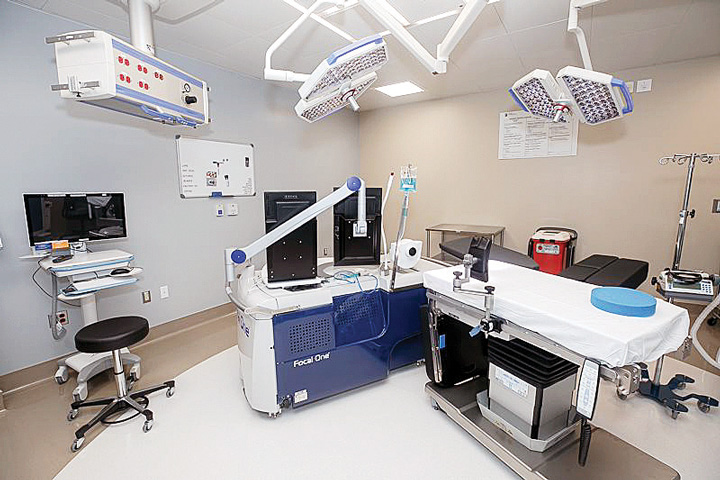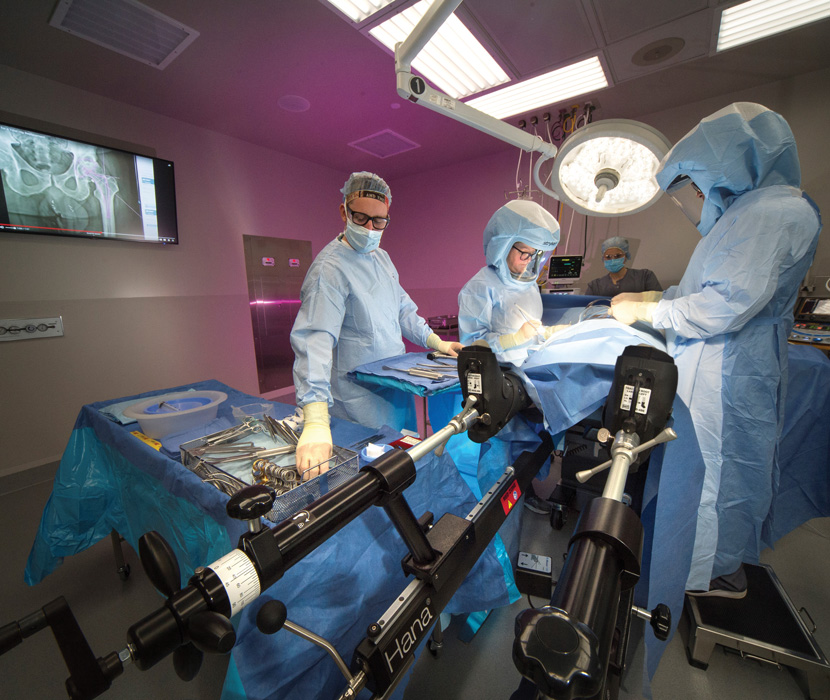When preparing to update or expand your center don’t go it alone.
 HELPING HANDS Pristine new ORs like this usually result after help from carefully selected outside partners who have relevant experience with ASCs.
HELPING HANDS Pristine new ORs like this usually result after help from carefully selected outside partners who have relevant experience with ASCs.
Throughout more than 25 years of working closely with ASCs, Joan Dentler, founder and president of Austin, Texas-based consulting firm Avanza Healthcare Strategies, has witnessed numerous facilities experience bad outcomes after renovations and expansions because they opted against accessing outside help from experts with relevant experience. She regularly advises leaders preparing to embark on such projects that contracting with partners who haven’t previously operated in the unique world of ASC projects is a bad idea.
“A lack of direct ASC experience can cause major delays and costly reworks,” says Ms. Dentler. Once a project gets too far down the road to fix mistakes or omissions that should have been noticed and rectified earlier in the process, she says, a poorly functioning and unnecessarily costly facility can result. “An ASC that is too large or poorly designed can experience financial and operational burdens that will last as long as the building does and dramatically influence profitability,” she says.
Facility leaders considering renovations or expansions should specifically contract with partners that have previously designed and built successful ASCs in the state in which they operate, says Ms. Dentler. Those who have only worked on hospital or medical office projects won’t possess a full understanding of the local regulatory requirements that are unique to ASCs, she stresses.
Ms. Dentler has seen some ASCs contract with residential architects who had no knowledge of the mandatory life safety requirements that should have been followed during construction. She is aware of ASC owners whose spouses selected their ASCs’ furniture and fixtures, resulting in carpeting and dried flower arrangements in the pre-op and PACU areas. “I could go on, but I will spare your readers the many ‘don’ts’ we have seen,” she says.
“Work with ASC experts when it comes to facility design, expansion or renovation,” she advises. “You won’t regret it.”
.svg?sfvrsn=be606e78_3)



.svg?sfvrsn=56b2f850_5)